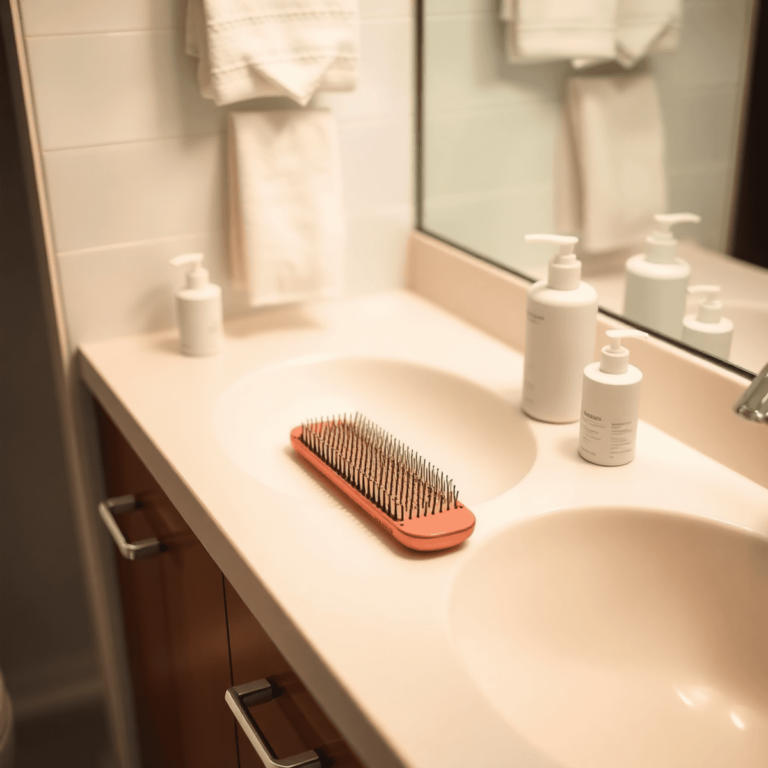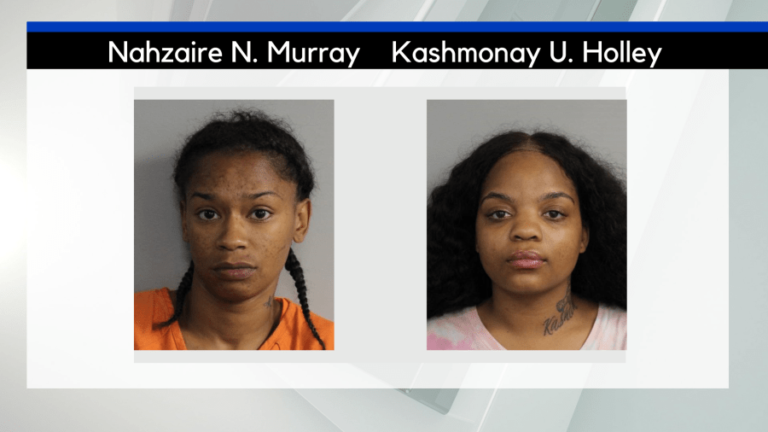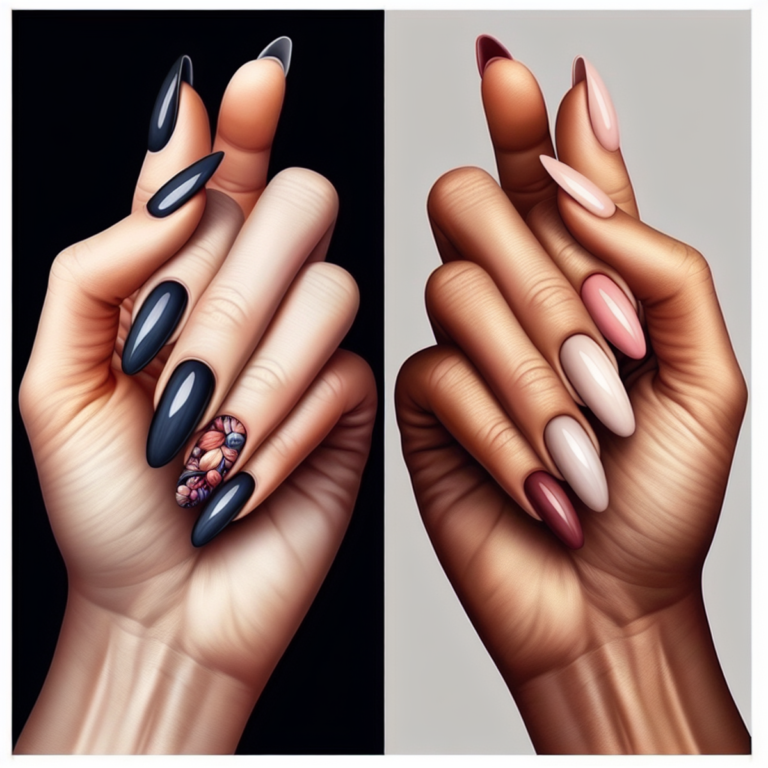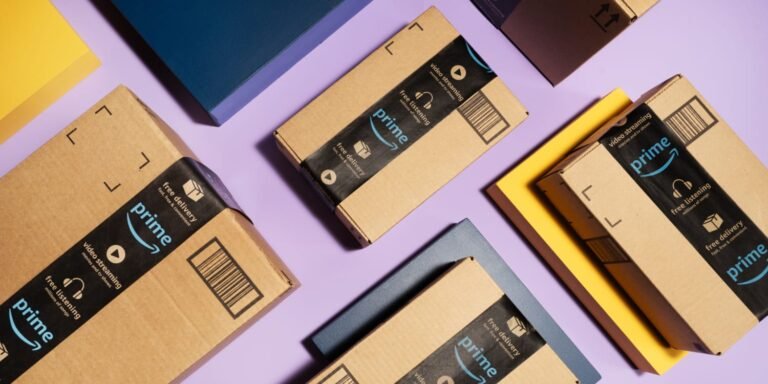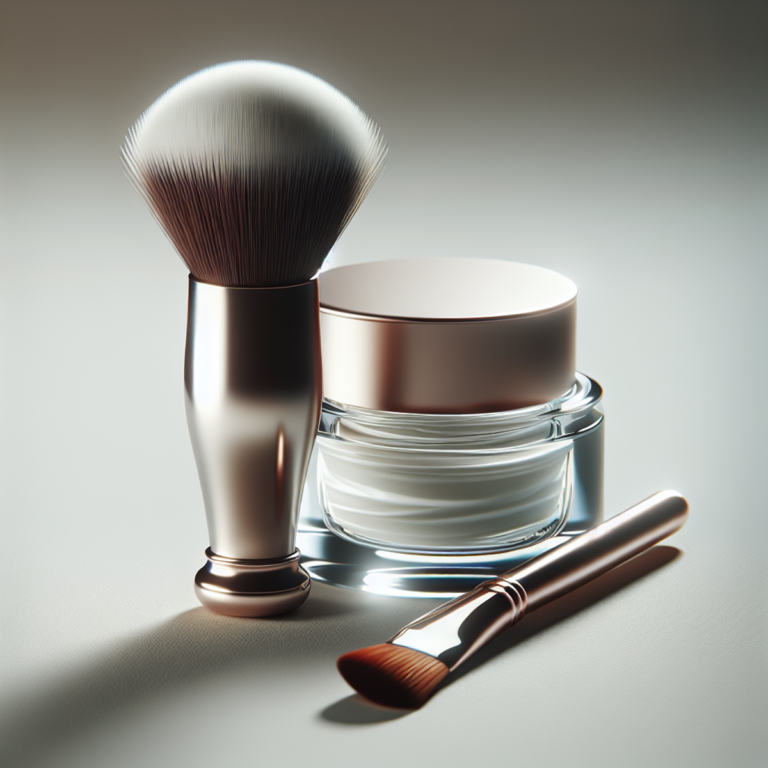How to heal pimples fast

Introduction
Dealing with pimples can feel like a never-ending battle. These unwanted skin eruptions appear at the worst times, affecting your appearance and self-esteem. Understanding how to heal pimples fast becomes crucial for maintaining clear, healthy skin and restoring confidence.
Acne presents itself in various forms:
- Whiteheads: Closed pores filled with oil and dead skin cells
- Blackheads: Open pores with oxidized contents appearing dark
- Papules: Small, red, tender bumps
- Pustules: Pimples containing pus
- Nodules: Large, painful bumps deep under the skin
- Cysts: Deep, painful, pus-filled infections
The presence of pimples goes beyond mere cosmetic concerns. Untreated acne can lead to permanent scarring, skin discoloration, and significant psychological impact. Research shows that individuals with acne often experience:
- Reduced self-confidence
- Social anxiety
- Depression
- Lower performance at work or school
Quick and effective pimple treatment becomes essential not just for physical healing but for emotional well-being. By understanding proper treatment methods and prevention strategies, you can take control of your skin health and minimize the impact of future breakouts.
Immediate Treatments for Pimples
When a pimple appears, quick action can significantly reduce its severity and healing time. Here are proven methods to tackle those unwanted spots:
Ice Application
A simple ice cube can work wonders for inflamed pimples:
- Wrap ice in a clean cloth
- Apply for 1-2 minutes
- Rest for 5 minutes
- Repeat up to 3 times
This method constricts blood vessels, reducing redness and swelling while numbing any discomfort.
Over-the-Counter Solutions
Benzoyl Peroxide
- Kills acne-causing bacteria
- Available in 2.5-10% strengths
- Start with lower concentrations
- Apply a thin layer directly to spots
- Use once daily, increasing to twice if needed
Salicylic Acid
- Unclogs pores
- Reduces inflammation
- Found in concentrations of 0.5-2%
- Works best as a preventive measure
- Can be used in face washes or spot treatments
Hydrocolloid Patches
These adhesive patches create an optimal healing environment:
- Block external bacteria
- Absorb excess fluid
- Prevent picking and touching
- Speed up healing process
- Can be worn day or night
Application Tips:
- Clean and dry the affected area
- Apply patch directly over the pimple
- Leave on for 6-24 hours
- Replace with a new patch if needed
Combination Approach
For maximum effectiveness, combine these treatments strategically:
- Start with ice to reduce inflammation
- Apply spot treatment with active ingredients
- Cover with hydrocolloid patch overnight
- Repeat process until healed
Remember to patch test new products on a small area first to avoid potential reactions. These immediate treatments work best when applied at the first sign of a pimple, before it develops fully.
Home Remedies for Quick Relief
Natural ingredients from your kitchen can effectively combat pimples and reduce inflammation. These time-tested remedies offer gentle yet powerful solutions for acne-prone skin.
Honey: Nature’s Healing Agent
- Raw honey contains natural antibacterial properties
- Apply a small amount directly to the affected area
- Leave on for 15-20 minutes
- Rinse with lukewarm water
- Best used before bedtime for overnight healing
Apple Cider Vinegar Treatment
- Dilute 1 part ACV with 3 parts water
- Apply the mixture using a cotton ball
- Wait 5-10 minutes before rinsing
- Use once daily for best results
- Caution: Never apply undiluted ACV to your skin
Aloe Vera: Soothing Solution
- Extract fresh gel from an aloe leaf
- Apply directly to irritated areas
- Reapply 2-3 times daily
- Store excess gel in an airtight container
- Can be mixed with tea tree oil for enhanced benefits
Tea Tree Oil Application
- Mix 1-2 drops with a carrier oil (jojoba or coconut)
- Spot treat affected areas with a Q-tip
- Apply twice daily after cleansing
- Warning: Never use undiluted tea tree oil
Green Tea Benefits
- Brew green tea and let it cool completely
- Transfer to a spray bottle
- Mist directly onto clean skin
- Pat gently with clean hands
- Use morning and night after cleansing
DIY Green Tea Compress
- Steep tea bag for 3-5 minutes
- Allow to cool to room temperature
- Place the tea bag directly on the pimple
- Hold for 5-10 minutes
- Repeat 2-3 times daily
These natural remedies work best when used consistently and paired with proper skincare hygiene. Many ingredients can be combined to create personalized treatments suited to your skin type. Remember to patch test new remedies on a small area of skin before full application to avoid potential reactions.
Post-Popping Care Strategies
Let’s face it – you’ve popped the pimple. While dermatologists advise against this practice, proper aftercare becomes crucial to prevent scarring and infection.
Essential First Steps
- Clean your hands thoroughly with antibacterial soap
- Apply gentle pressure with a clean cotton pad soaked in warm water
- Pat the area dry with a fresh paper towel
Immediate Treatment Protocol
- Apply witch hazel to disinfect the area
- Dab a tiny amount of antibiotic ointment on the spot
- Cover with a hydrocolloid patch to prevent touching and bacteria exposure
Key Products for Healing
- Witch Hazel: Natural astringent that reduces inflammation
- Neosporin: Prevents infection and speeds healing
- Vaseline: Creates a protective barrier for optimal healing
- Zinc oxide: Reduces redness and promotes skin repair
Night-time Care
- Apply a thin layer of antibiotic ointment
- Keep the area clean and moisturized
- Change your pillowcase to prevent bacterial spread
Warning Signs to Watch
- Increased redness beyond the immediate area
- Warm or hot sensation around the spot
- Persistent pain or throbbing
- Yellow or green discharge
Scar Prevention Tips
- Keep the wound moist with healing ointments
- Avoid picking at scabs
- Stay out of direct sunlight
- Apply sunscreen SPF 30+ once the wound has closed
Remember to maintain this care routine until the spot has fully healed – typically 3-7 days depending on the pimple’s size and depth. A consistent aftercare routine significantly reduces the risk of permanent scarring and speeds up the healing process. Additionally, it’s important to follow a proper skincare regimen, such as ensuring you cleanse your face properly, which can further aid in recovery and prevent future breakouts.
Long-Term Prevention Strategies
A consistent skincare routine is your best defense against future breakouts. Here’s what your daily regimen should include:
Morning Routine
- Gentle cleanser suited to your skin type
- Alcohol-free toner
- Non-comedogenic moisturizer
- Broad-spectrum sunscreen (SPF 30+)
Evening Routine
- Double cleansing to remove makeup and debris
- Treatment products with active ingredients
- Hydrating moisturizer
Active ingredients are essential for keeping your skin clear. Here’s what to look for in your products:
- Niacinamide (2-5%): Regulates oil production and strengthens skin barrier
- Retinol (0.25-1%): Promotes cell turnover and prevents clogged pores
- Alpha Hydroxy Acids: Gentle exfoliation to prevent dead skin buildup
- Peptides: Support skin healing and collagen production
Your skin needs time to get used to these active ingredients. Here’s how to introduce them into your routine:
- Introduce one new product at a time
- Begin with lower concentrations
- Apply every other night for two weeks
- Gradually increase frequency based on how your skin reacts
Here’s the order in which you should apply your skincare products:
- Apply products from thinnest to thickest consistency
- Use water-based products before oil-based ones
- Apply treatment products before moisturizer
- Allow 1-2 minutes between each layer for better absorption
Don’t forget to patch test any new products on a small area of your skin for 24-48 hours. If you notice any signs of irritation, it may be necessary to reduce the concentration or frequency of use.
To maintain clear skin, it’s important to keep your pillowcases clean by changing them weekly. This helps prevent bacteria buildup that can lead to breakouts. Additionally, make sure to store your skincare products in a cool, dry place away from direct sunlight in order to preserve their effectiveness.
Lifestyle Adjustments for Acne Management
Your daily habits play a crucial role in managing acne and promoting faster healing. Stress and diet are two significant factors that directly impact your skin’s health.
Stress Management for Clearer Skin
- Practice deep breathing exercises or meditation for 10-15 minutes daily
- Regular physical activity releases endorphins, reducing stress hormones
- Get 7-8 hours of quality sleep to support skin repair
- Try stress-relieving activities like yoga, journaling, or spending time in nature
Diet Modifications to Reduce Breakouts
Your dietary choices can significantly impact your skin health. Here are some modifications to consider:
Foods to Limit:
- High-glycemic foods (white bread, sugary snacks)
- Dairy products, especially skim milk
- Processed foods high in refined carbohydrates
- Foods with added hormones or antibiotics
Skin-Supporting Foods:
- Omega-3 rich fish (salmon, mackerel)
- Zinc-containing foods (pumpkin seeds, nuts)
- Antioxidant-rich fruits and vegetables
- Green tea and water for hydration
For more detailed information on the link between diet and acne, you can refer to this comprehensive guide on the diet-acne link and breakout preventing foods.
Lifestyle Habits for Better Skin Health
- Change pillowcases twice weekly to prevent bacteria buildup
- Keep hair clean and away from face
- Avoid touching face throughout the day
- Clean phone screens and makeup brushes regularly
- Stay hydrated with 8-10 glasses of water daily
Exercise Considerations
- Shower immediately after workouts
- Wear breathable, moisture-wicking clothing
- Remove makeup before exercising
- Use a clean towel to wipe sweat during workouts
These lifestyle modifications support your skin’s natural healing process and help prevent future breakouts. Consistent application of these changes creates a foundation for long-term skin health. Additionally, implementing some of these quick tips for better skin in just three days could also yield immediate results.
Professional Treatments Available
When over-the-counter treatments prove insufficient, professional medical interventions can provide effective solutions for severe acne cases. These treatments target persistent pimples, deep nodules, and stubborn scarring through prescription-strength medications.
Topical Prescription Options:
- Tretinoin (Retin-A): A powerful vitamin A derivative that speeds up cell turnover
- Adapalene: A gentler retinoid suitable for sensitive skin
- Clindamycin: An antibiotic that reduces acne-causing bacteria
Oral Medications:
- Antibiotics: Doxycycline and minocycline combat bacterial infections
- Isotretinoin: Reserved for severe cystic acne resistant to other treatments
- Birth control pills: Help regulate hormonal acne in women
In-Office Procedures:
- Cortisone injections: Rapidly reduce inflammation in large cystic pimples
- Chemical peels: Remove dead skin cells and unclog pores
- LED light therapy: Kills bacteria and reduces inflammation
Professional Scar Treatments:
- Laser resurfacing: Minimizes appearance of acne scars
- Microneedling: Stimulates collagen production for scar healing
- Dermal fillers: Fill deep acne scars for smoother skin texture
Professional treatments require consultation with a dermatologist who can assess your skin condition and create a personalized treatment plan. These medical interventions often show results within 4-12 weeks, depending on the severity of acne and chosen treatment method.
Conclusion
Healing pimples requires a balanced approach combining quick-relief methods with sustainable skincare practices. Your journey to clear skin starts with understanding that each pimple type needs specific treatment – from ice therapy for inflamed spots to hydrocolloid patches for healing scabs.
Natural remedies offer gentle yet effective solutions for those seeking chemical-free alternatives. The power of ingredients like tea tree oil and honey can work alongside conventional treatments to speed up healing time.
Key takeaways for successful pimple healing:
- Start treatment at the first sign of a breakout
- Protect healing pimples from further irritation
- Maintain consistent skincare habits
- Consider professional help for persistent acne
Remember that healing takes time – rushing the process through aggressive treatments or picking can lead to scarring. Your skin deserves patience and care, whether you’re dealing with fresh breakouts or healing old scars.
The path to clear skin isn’t always straightforward, but armed with these strategies, you’re well-equipped to tackle pimples effectively. Combine immediate treatments with long-term prevention methods to not just heal current breakouts but prevent future ones. Your future self will thank you for taking action today to achieve healthier, clearer skin.
FAQs (Frequently Asked Questions)
What are some immediate treatments for pimples?
Immediate treatments for pimples include ice application to reduce swelling and redness, over-the-counter treatments like benzoyl peroxide and salicylic acid, and hydrocolloid patches that protect and help heal the pimple.
How can I heal a popped pimple quickly?
To heal a popped pimple quickly, gently cleanse the area, apply an antibiotic ointment to prevent infection, and consider using soothing ingredients like aloe vera or tea tree oil. Avoid picking at the scab to promote faster healing.
What home remedies can help soothe acne?
Popular home remedies for soothing acne include honey and apple cider vinegar for their antibacterial properties, aloe vera for its soothing effects, and green tea for its antioxidant benefits. These can be applied directly to the skin.
How can I prevent future breakouts?
Preventing future breakouts involves maintaining a consistent skincare routine with active ingredients, managing stress levels, and making dietary changes by avoiding foods that may exacerbate acne. Regular cleansing is also essential.
What professional treatments are available for severe acne?
Professional treatments for severe acne include topical retinoids that help unclog pores and oral antibiotics that reduce bacteria on the skin. Consulting a dermatologist can provide tailored options based on individual needs.
How do I get rid of pimple scars effectively?
To effectively get rid of pimple scars, consider using products containing retinoids or alpha hydroxy acids to promote skin renewal. Additionally, laser treatments or chemical peels offered by dermatologists can significantly improve scar appearance.


